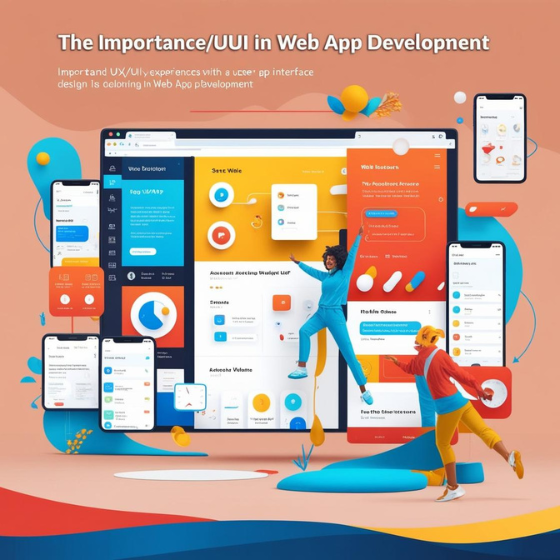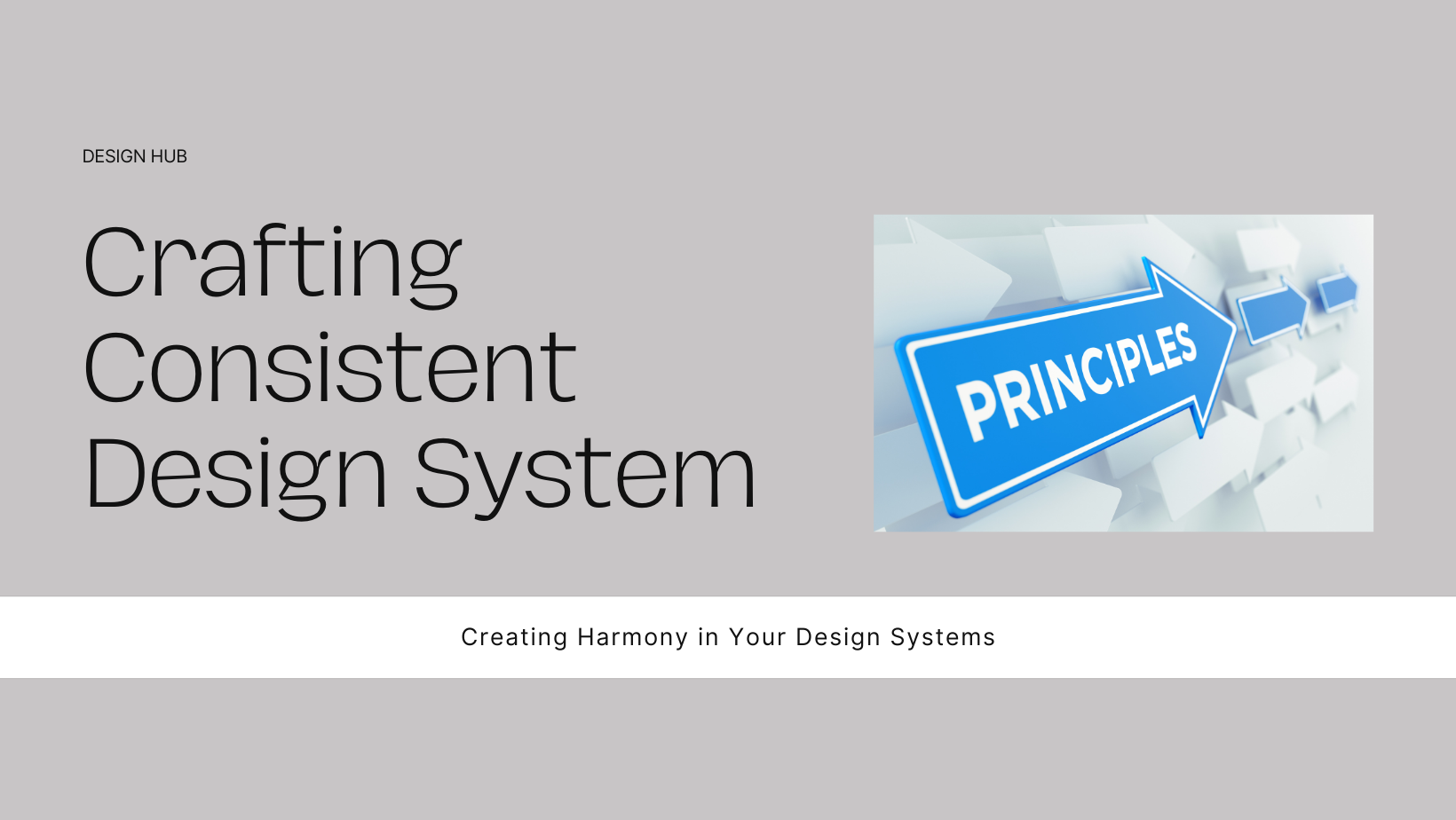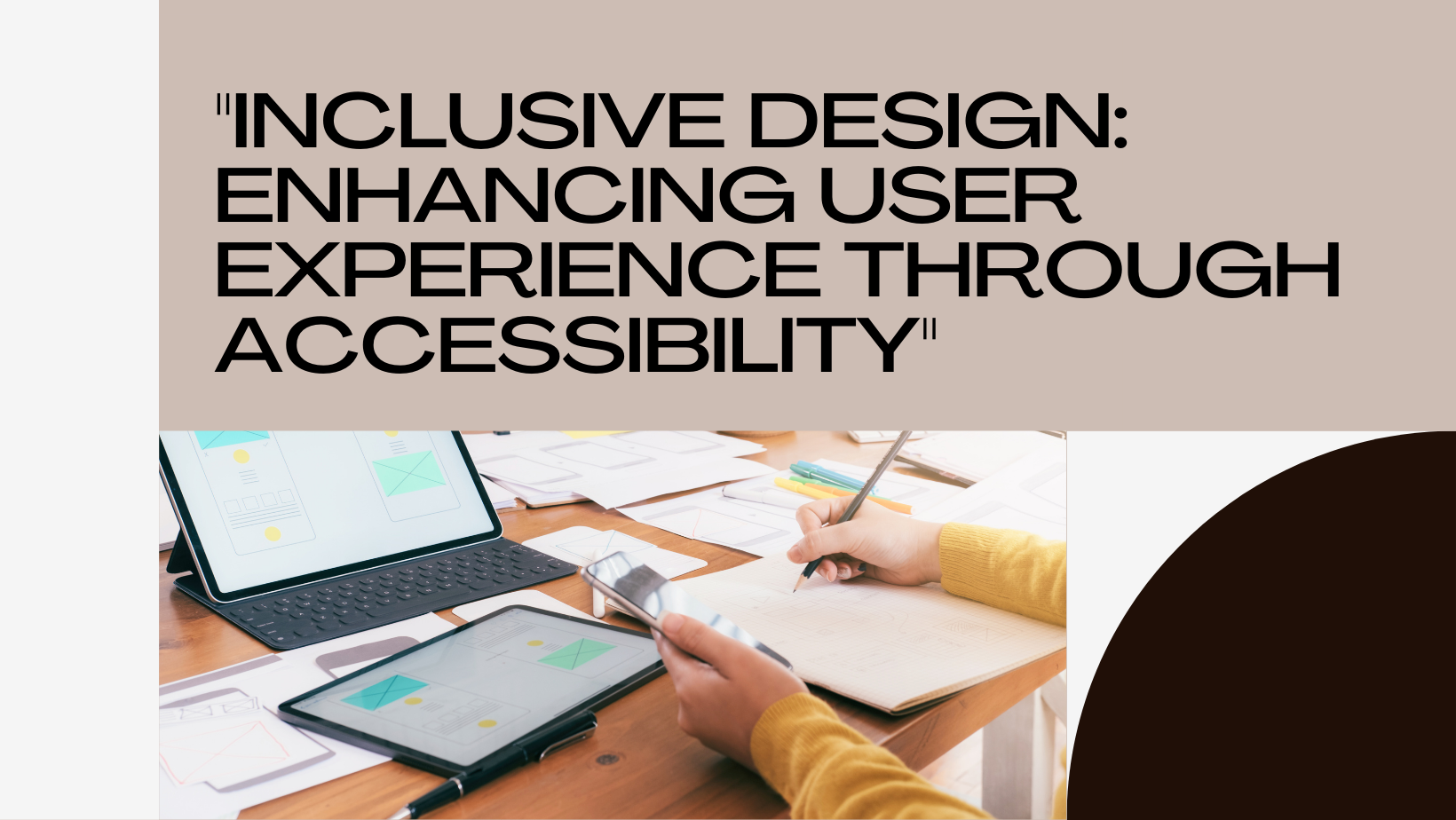In the rapidly evolving digital landscape, the importance of user experience (UX) and user interface (UI) design in web app development cannot be overstated. As businesses strive to establish a strong online presence, the design of their web applications becomes a critical factor in determining success. This blog will delve into the role of UI/UX in web app development, highlighting its significance, key principles, and best practices to ensure a seamless and engaging user experience.
Understanding UI and UX
Before diving into the specifics, it is essential to understand the distinction between UI and UX. While the terms are often used interchangeably, they refer to different aspects of the design process.
User Interface (UI) refers to the visual elements of a web application—the layout, colors, typography, buttons, icons, and other graphical elements that users interact with. UI design focuses on creating an aesthetically pleasing and intuitive interface that enhances user interaction.
User Experience (UX) encompasses the overall experience a user has while interacting with a web application. It involves the design of the entire journey, from the initial landing page to the final action, ensuring that each step is intuitive, efficient, and enjoyable. UX design aims to optimize the usability, accessibility, and satisfaction derived from the interaction with the application.
The Importance of UI/UX in Web App Development
1. First Impressions Matter
In the digital world, first impressions are crucial. Studies have shown that users form an opinion about a website within milliseconds of landing on it. An appealing and well-structured UI can captivate users instantly, encouraging them to explore further. Conversely, a cluttered or unattractive interface can lead to high bounce rates, where users leave the site almost immediately.
2. Enhances User Satisfaction and Retention
A well-designed UI/UX ensures that users can navigate the web application effortlessly, find the information they need, and complete desired actions without frustration. Positive user experiences lead to higher satisfaction levels, increasing the likelihood of users returning to the application in the future. In a competitive market, retaining users is just as important as attracting them.
3. Boosts Conversion Rates
Effective UI/UX design can significantly impact conversion rates. By streamlining the user journey, reducing friction points, and creating a clear path to conversion, businesses can increase the likelihood of users completing desired actions, such as making a purchase, signing up for a newsletter, or filling out a contact form. A smooth and intuitive user experience can directly translate into higher conversion rates and, ultimately, increased revenue.
4. Builds Brand Loyalty
Consistent and well-executed UI/UX design contributes to building a strong brand identity. When users have a positive experience with a web application, they are more likely to develop a sense of loyalty towards the brand. This loyalty can lead to repeat business, word-of-mouth referrals, and a competitive edge in the market.
Key Principles of Effective UI/UX Design
To create a web application that offers an exceptional user experience, it is essential to adhere to certain key principles of UI/UX design:
1. Simplicity and Clarity
Simplicity is the cornerstone of effective UI/UX design. A clean and uncluttered interface allows users to focus on the content and actions that matter most. Avoid unnecessary elements and use whitespace strategically to create a sense of clarity and hierarchy.
2. Consistency
Consistency in design elements, such as colors, typography, and button styles, is crucial for creating a cohesive user experience. Consistent design patterns help users understand how the application works and where to find specific features, reducing cognitive load and enhancing usability.
3. Responsiveness
With the increasing use of mobile devices, responsive design has become imperative. A responsive web application adapts seamlessly to different screen sizes and orientations, ensuring a consistent experience across desktops, tablets, and smartphones. This adaptability enhances user satisfaction and accessibility.
4. Intuitive Navigation
Navigation should be intuitive and user-friendly. Implement clear and concise menu structures, breadcrumbs, and search functionalities to help users find information quickly and efficiently. Avoid complex or hidden navigation paths that can frustrate users.
5. Feedback and Interaction
Providing feedback to users during their interaction with the application is essential. Visual cues, such as hover effects, loading indicators, and error messages, help users understand the outcome of their actions and guide them through the process. Interactive elements, such as buttons and forms, should respond promptly to user input.
6. Accessibility
Designing for accessibility ensures that all users, including those with disabilities, can interact with the web application effectively. Follow accessibility guidelines, such as providing alternative text for images, ensuring keyboard navigability, and using sufficient color contrast, to create an inclusive user experience.
Best Practices for UI/UX Design in Web App Development
To implement effective UI/UX design in web app development, consider the following best practices:
1. User Research and Personas
Understanding the target audience is fundamental to creating a successful web application. Conduct user research to gather insights into user behaviors, preferences, and pain points. Develop user personas to represent different segments of the audience, guiding design decisions and ensuring the application meets their needs.
2. Wireframing and Prototyping
Wireframing and prototyping are essential steps in the design process. Wireframes provide a visual blueprint of the application’s layout and structure, allowing designers to plan the user journey and interface elements. Prototypes, on the other hand, offer interactive mockups that simulate the final product, enabling usability testing and feedback collection before development begins.
3. Iterative Design Process
UI/UX design is an iterative process that involves continuous refinement and improvement. Gather feedback from users and stakeholders at each stage of development and use it to make informed design decisions. Conduct usability testing to identify pain points and areas for enhancement, ensuring the final product delivers an optimal user experience.
4. Visual Hierarchy
Visual hierarchy is the arrangement of design elements to guide users’ attention and convey the importance of different elements. Use size, color, contrast, and spacing to create a clear visual hierarchy that directs users’ focus to key actions and information. A well-defined visual hierarchy enhances usability and helps users navigate the application effortlessly.
5. Performance Optimization
Performance is a critical aspect of user experience. A slow-loading web application can frustrate users and lead to high bounce rates. Optimize performance by minimizing the use of large images and videos, leveraging caching techniques, and employing efficient coding practices. Regularly monitor and test the application’s performance to ensure it meets user expectations.
6. Emotional Design
Emotional design goes beyond functionality and aesthetics to create a deeper connection with users. Consider how design elements, such as color schemes, typography, and imagery, evoke emotions and align with the brand’s personality. A well-crafted emotional design can enhance user engagement and leave a lasting impression.
Conclusion
In the competitive world of web app development, UI/UX design plays a pivotal role in determining the success of an application. By prioritizing user experience, businesses can create web applications that are not only visually appealing but also intuitive, efficient, and enjoyable to use. From making a strong first impression to boosting conversion rates and building brand loyalty, the impact of effective UI/UX design is far-reaching.
To achieve these goals, it is essential to adhere to key principles such as simplicity, consistency, responsiveness, and accessibility. By following best practices, including user research, iterative design, and performance optimization, developers can create web applications that meet user needs and exceed expectations.
At Sodio Technologies, we understand the critical role of UI/UX in web app development. Our team of experienced designers and developers is dedicated to creating web applications that deliver exceptional user experiences, driving business growth and success. Contact us today to learn how we can help you create a web application that stands out in the digital landscape.







